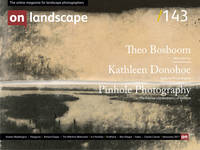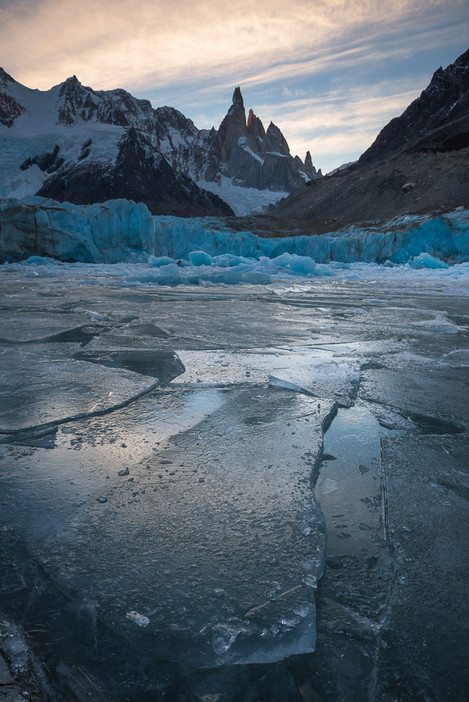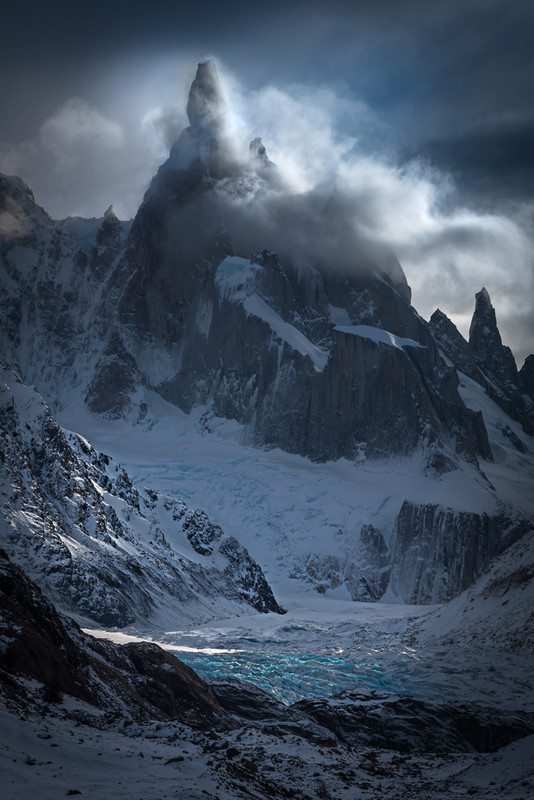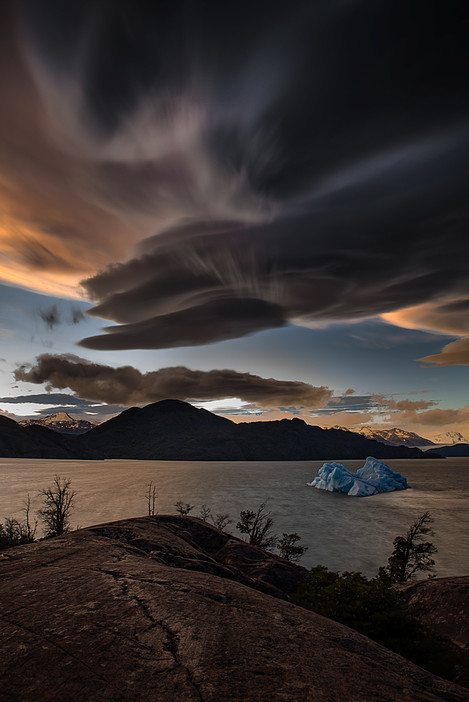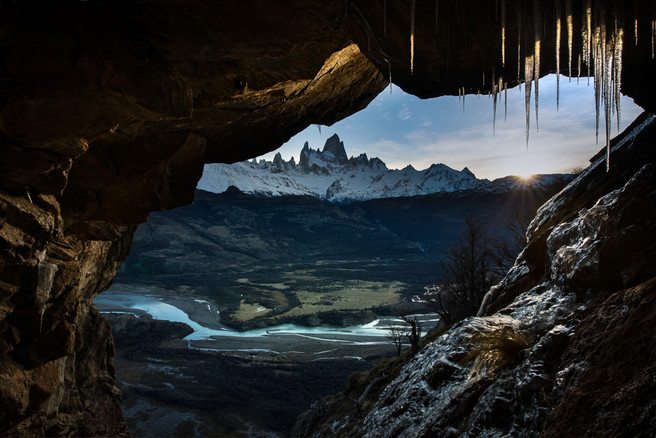Capturing Heart & Imagination

Andrew Waddington
I grew up in the northwest of England and have spent most of my adult life exploring the great outdoors. I began my photographic journey some ten years ago in the American Southwest. It was whilst there that I discovered a passion for photographing the geology of the Colorado Plateau. In more recent years I’ve enjoyed several trips to Patagonia. On each occasion I spend at least six months on location before returning to a mind-numbing job in Europe. At the time of writing I am just about to leave Europe and fly off to the mountains of Pakistan.
We’ve all been there before; you’re chatting with your friends about the next big foreign trip that you hope to squeeze in between family commitments. It seems that in this age of foreign travel every corner of the globe has been explored and the world suddenly feels like a much smaller place. Many of us are beginning to realise that if we go to Iceland or Norway we’re going to be bumping tripod legs with other photographers, sometimes quite literally. It can, of course, be nice to mingle with like-minded people. Eventually, we will want to discover somewhere new and give ourselves the opportunity to capture unique images.
In recent years Patagonia has risen high on the bucket list for landscape photographers. Whilst nowhere near as busy as Iceland or Norway the region has long been recognized for its outstanding natural beauty and rugged mountain scenery. Patagonia encompasses both Chile and Argentina. The region is comprised of a vast expanse of desert, mountains, and remote glaciers.
Patagonia has captured my heart and my imagination. Despite spending over two years photographing there I’m still eager to return. I spend the majority of my time on the Argentine side of the Andes, in Los Glaciers National Park although I do from time to time venture over to Chile to photograph in Torres del Paine.
I remember first seeing the mountains of Patagonia in old coffee table books. The grainy and quite frankly poor quality images were enough to feed my imagination long before I owned a passport. It wasn’t until my late thirties that I made my first of many trips. As a landscape photographer, I make a lot of sacrifices so that I can follow my passion. Each time I go abroad for foreign travels I try to stay away as long as possible, Patagonia is, after all, a long way from my home in England.
Spring through to Autumn
The changing seasons in Patagonia are very noticeable. Towards the end of September, the warmer spring days allow the shrubs to blossom with pretty flowers. The most visible of these is the Mata Guanaco; it’s a strange name that translates as ‘dead guanaco’ don’t be put off though, the flower can be extremely photogenic. The summer months between November and January can be busy with groups of tourists. Hotels and guesthouses are often full and can sometimes be booked up over a year in advance.
Photographers arriving in autumn now extend the tourist season for businesses of El Chalten and particularly the lodges in Torres del Paine.
There’s no denying that during peak fall the mix of colour is spectacular. The leaves of the Lenga and Ñire tree offer a mind-blowing spectacle of colour; this usually peaks in late April. The months of March and April also seem to provide the best lenticular clouds. Lenticular clouds can be best described as ‘flying saucers’ due to their disk-like shape. When conditions are just right, they build during the day and can stack up in groups by late afternoon. These remarkable clouds are formed when large features, such as the mountains of the Andes disrupt the flow of air.
Winter
Of all the season’s winter is my favourite, by the end of April; you can already feel a chill in the air. Many of the hotels and guesthouses begin to shut down and seasonal workers migrate north in search of work. Once the leaves have fallen from the trees at the end of May the parks can suddenly become quite lonely places. Other than the footsteps of a park ranger it’s not uncommon that I’ll be the only other person on the trails.
Photographing the mountains during the winter is extremely rewarding. Nothing changes a landscape quite the same as a dusting of snow. During the winter solstice, the sun rises 30 degrees further to the north compared to early April. For the photographer hoping to capture a beautiful photograph, this can make the difference between direct sunlight and beautiful dramatic sidelight. The low winter sun also gives the opportunity to shoot much later into the morning. During mid-June, the sun rises a little after 9.30am, and it’s not uncommon to still get good light as late as 11.00am.
Torres del Paine and the Argentine town El Chalten are both below 500 m. This means they don’t experience the harsh winters one might expect. Daytime temperatures often hover just above freezing, although at night it can be significant. Fortunately, if you’re photographing in Los Glaciers National Park you can leave early in the morning under headlamp and arrive in time to shoot before sunrise.
During the winter from June until September, the Milky Way is ideally positioned over the mountains. There may be as few as eight hours of daylight. With so much time to spare between sunset and sunrise, there is ample opportunity to try night photography and enjoy pollution free skies.
For those looking for a new and challenging place to shoot I can highly recommend Patagonia, you won’t be disappointed.

